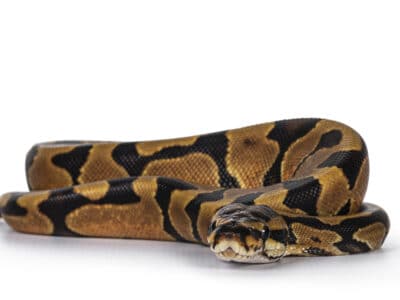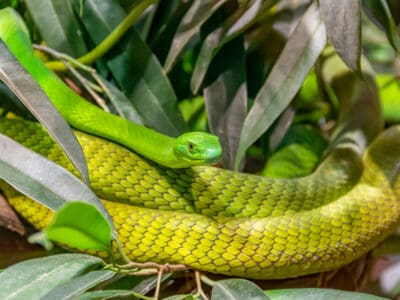Below you can find a complete list of Gambian animals. We currently track 202 animals in Gambia and are adding more every day!
Gambia, or The Gambia, is a long and narrow country that would be completely enclosed within the country of Senegal if not for its west coast on the Atlantic Ocean. Like many countries in West Africa, it is abundant in wildlife that includes birds, mammals, reptiles, insects, fish, and amphibians. A flat country, it has savannas in the south and woodlands in the north along with its coast, rivers, and mangrove swamps. These habitats support an abundance of unique wildlife. About 3.7 percent of Gambia is dedicated to wildlife reserves, and the goal is to increase this to 5 percent.
The Official National Animal of Gambia
The official national animal of Gambia is the spotted hyena, also called the laughing or giggling hyena. Its scientific name is Crocuta crocuta, and it is the only species in its genus.
Though the spotted hyena is not the sexiest beast on the savanna, it is one of the most fascinating and unique. Hyena clans or cackles are matriarchies. Females are bigger than males and dominate them. Its jaw muscles, canine teeth, and outsized carnassial teeth allow the hyena to have a powerful bite. Indeed, they are descended from prehistoric beasts called the bone-crushing hyenas. Their spotted coats are made of thin, coarse fur, and they have heads and ears that are large in proportion to their bodies. Since the hind legs are shorter than the front legs, the animal’s back slopes downward.
Spotted hyenas are mostly scavengers, but they are formidable when they hunt. The hyena is known for its stamina, and a cackle of hyenas will separate an individual out from a herd of wildebeests or some other ungulates and chase it until it gets tired. Then, they’ll tear the animal to pieces, often while it is still alive. Hyenas also have no problem chasing lions away from their kills. They will prey on humans, especially at night, but these incidents are uncommon.
The Flag of Gambia
Adopted in 1965 and designed by Louis Thomasi, the flag of Gambia has three horizontal stripes of red, blue, and green that are divided by two slender white lines. The flag of The Gambia is one of the few national flags in Africa that is not derived from the flag of an existing political party or movement.
Where To Find The Top Wild Animals in Gambia
The best places to find the Gambia’s top wild animals are its wildlife reserves and national parks. They are Abuko Nature Reserve, Bao Bolong Wetland Reserve, Tanbi Wetland Complex, Tanji Karinti River Bird Reserve, Niumi National Park, Kiang West National Park, and River Gambia National Park. These sanctuaries encompass about 38,000 hectares or 93,900 acres. Wildlife reserves aren’t the only places to see Gambia’s wildlife. They can be found on farms and in villages and towns. This is especially true of the country’s unique birdlife.
The Most Dangerous Animals In Gambia Today
- Hippopotamus — Though it may be hard for some people to realize how dangerous this animal can be, the hippo is one of the most dangerous animals in Africa. It’s responsible for about 500 deaths a year.
- West African Crocodile — This crocodile is not as aggressive as its cousin the Nile crocodile, but it has been known to attack people, sometimes fatally.
- Venomous snakes — Gambia has a good number of venomous snakes, including cobras, mambas, and puff adders. Around 20,000 people die of snakebite in Africa every year. The puff adder is especially dangerous thanks to the potency of its venom and its habit of basking quietly on a footpath until someone steps on it. There are four types of mamba and all are feared. Three of them largely live in trees, but the black mamba is terrestrial. The bite of a black mamba is always fatal if it is left untreated.
- African Buffalo — Like the hippopotamus, the African buffalo is underestimated and dangerous. It kills about 200 people every year in Africa through goring or trampling.
- Mosquitoes — No other animal kills as prodigiously as the tiny mosquito, which transmits a variety of diseases. One of the most devastating of these diseases is malaria. At least 200 million Africans come down with the disease every year, and a child under five dies of it every two minutes.
Endangered Animals In Gambia
As is true everywhere on earth, the Gambia has a proportion of animals that are endangered even as the country strives to protect them. They include:
- Mediterranean monk seal. This seal found in the ocean off the Gambian coast is endangered and even possibly extinct in its native habitat, or extirpated.
- African forest elephant. This elephant is critically endangered, and like the Mediterranean monk seal, possibly extinct in what was its original range.
- Lappet-face vulture. This vulture is considered vulnerable.
- Slender-snouted crocodile. This crocodile is classified as critically endangered due to habitat disturbance, hunting, and overfishing of its prey.
- Leopard. Though this cat is sometimes seen in the east of the country, it is classified as vulnerable and may be extinct in its native habitat.
Gambian Animals

Aardvark
Can move 2ft of soil in just 15 seconds!

African Civet
Secretes up to 4g of musk every week!
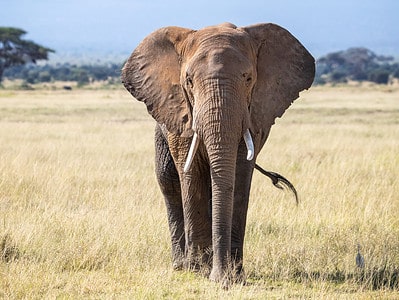
African Elephant
Both male and female African elephants have tusks. In Asian elephants, only the males have tusks.
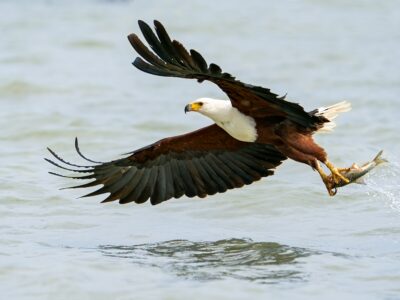
African Fish Eagle
African fish eagles belong to the genus of sea eagles

African Grey Parrot
When a grey parrot named Yosuke got lost, it was reunited with its owner after giving the owner's name and address.

African Jacana
The males raise the young

African Palm Civet
Solitary but gathers in groups!
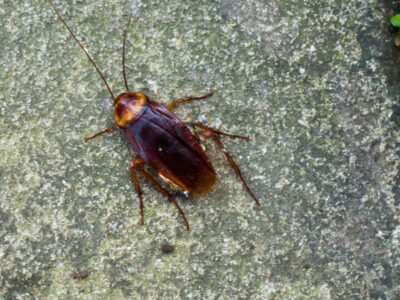
American Cockroach
Despite its name, actually originated from Africa and the Middle East

Ant
First evolved 100 million years ago!

Antelope
Renew their horns every year!

Armyworm
They are so named because they "march" in armies of worms from one crop to another in search of food
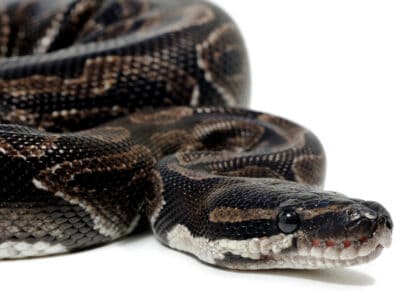
Axanthic Ball Python
Axanthic ball pythons lack yellow pigment in their skin!

Banana Spider
People spin clothing and fishing nets out of these spiders’ silk.

Barb
There are over 1768 known species!

Barn Owl
Found everywhere around the world!

Bat
Detects prey using echolocation!

Bed Bugs
Bed bugs feed for 4-12 minutes.

Bee
Rock paintings of bees date back 15,000 years

Beetle
There are more than 350,000 different species

Bichir
The bichir species is more than 400 million years old

Bird
Not all birds are able to fly!

Biscuit Beetle
The biscuit beetle form a symbiotic relationship with yeast

Black Widow Spider
They typically prey on insects!
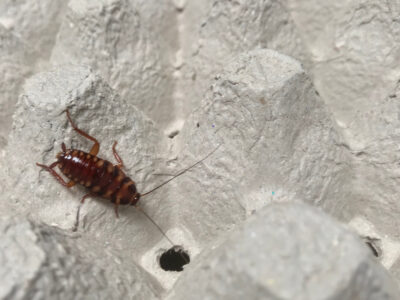
Brown-banded Cockroach
Females glue egg cases to furniture

Brown Dog Tick
Can live its entire life indoors

Bumblebee
The most common species of bee!

Bush Baby
In a series of leaps, this creature can cover almost 30 feet of distance in just a few seconds.

Butterfly
There are thought to be up 17,500 species!

Caecilian
Some species' babies use their hooked or scraper-like teeth to peel off and eat their mother's skin

Cat
May have been domesticated up to 10,000 years ago.

Caterpillar
The larvae of a moth or butterfly!

Catfish
There are nearly 3,000 different species!
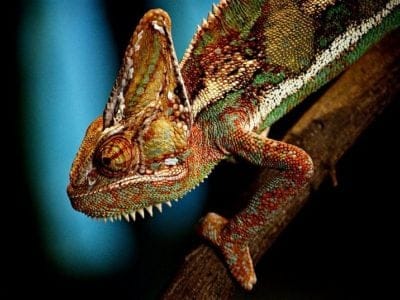
Chameleon
There are more than 160 different species!
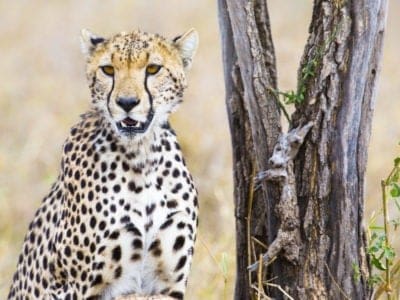
Cheetah
The fastest land mammal in the world!

Chicken
First domesticated more than 10,000 years ago!
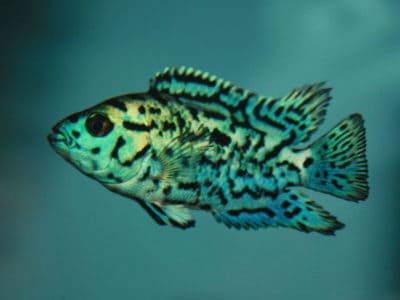
Cichlid
There are more than 2 000 known species!

Cockroach
Dated to be around 300 million years old!

Codling Moth
Pupae are able to undergo diapause to survive poor fruit yield years and winter.

Common Buzzard
The most common raptor in the UK!

Common Furniture Beetle
The common furniture beetle feeds exclusively on wood

Common House Spider
House spiders have the ability to eat most insects in a home.

Cormorant
They can fly 35 mph and dive 150 feet below water.

Cow
There are nearly 1.5 billion worldwide!

Crab
There are 93 different crab groups

Crab Spider
Crab Spiders can mimic ants or bird droppings

Crane
Many are critically endangered species!

Cricket
Male crickets can produce sounds by rubbing their wings together

Crocodile
Have changed little in 200 million years!

Crocodylomorph
Crocodylomorphs include extinct ancient species as well as 26 living species today.
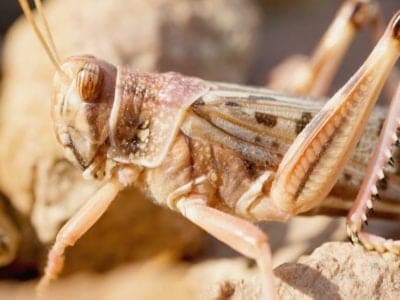
Desert Locust
Solitary locusts are grey while gregarious locusts are yellow with stripes.

Dog
First domesticated in South-East Asia!

Donkey
First domesticated 5,000 years ago!

Dragonfly
It's larvae are carnivorous!

Duck
Rows of tiny plates line their teeth!

Dung Beetle
The dung beetle can push objects many times its own weight

Earthworm
They are hermaphrodites, which means they have male and female organs

Earwig
There are nearly 2,000 different species!

Eel
Eels can be a mere few inches long to 13 feet!
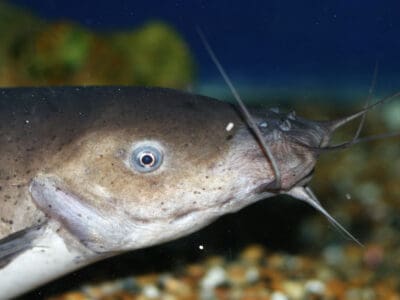
Electric Catfish
The electric catfish can discharge an electric shock up to 450 volts

Elephant
Spends around 22 hours a day eating!

Elephant Shrew
Found exclusively on the African continent!
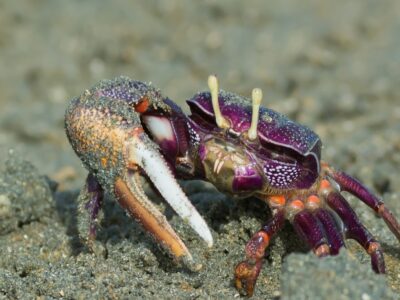
Fiddler Crab
The fiddler crab gets its name from the motion the males make with their over-sized claw during the mating ritual.

Firefly
The firefly produces some of the most efficient light in the world
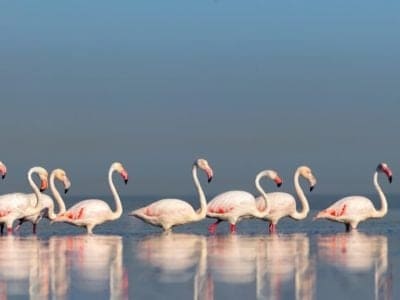
Flamingo
Sleeps on just one leg!

Fly
There are more than 240,000 different species!

Fox
Only 12 species are considered "true foxes"

Frog
There are around 7,000 different species!

Fruit Fly
Fruit flies are among the most common research animals in the world
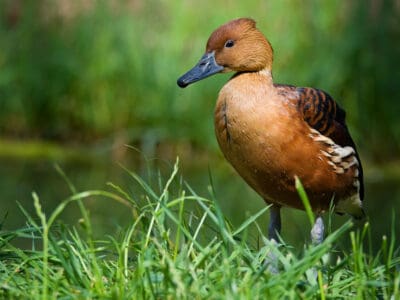
Fulvous Whistling Duck
They build a ramp from their nest, which leads to a nearby water source

Gazelle
Named for the Arabic word for love poems

Gecko
There are thought to be over 2,000 species!

Gerbil
Originally known as the Desert Rat!

Glass Lizard
Can grow up to 4ft long!

Glowworm
Found inhabiting dense woodland and caves!

Gnat
Males form large mating swarms at dusk

Goat
Most closely related to the Sheep!

Golden Oriole
Migrates between Europe and Asia!

Grasshopper
There are 11,000 known species!

Green Bee-Eater
Mainly eats honeybees!
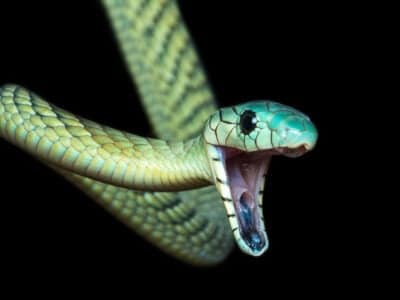
Green Mamba
Green mambas are fast, and can travel up to 7 miles per hour.
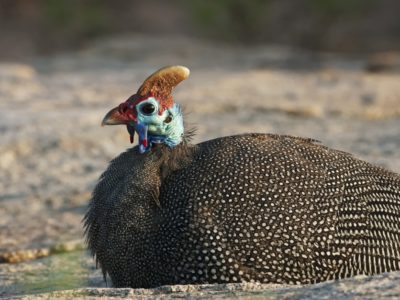
Guinea Fowl
Found in a vairety of African habitats!

Hamster
Able to run as quickly backwards as forwards!

Hare
Can reach speeds of over 50 mph!

Hawk Moth Caterpillar
Many hawk moth caterpillars eat toxins from plants, but don’t sequester them the way milkweed butterflies do. Most toxins are excreted.

Hedgehog
Thought to be one of the oldest mammals on Earth!

Heron
Inhabits wetlands around the world!
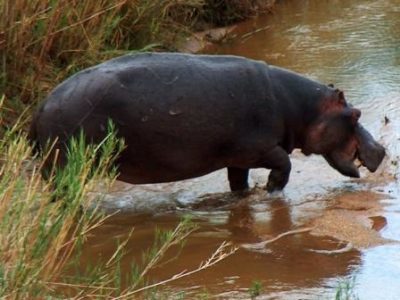
Hippopotamus
Has pink anti-bacterial sweat!
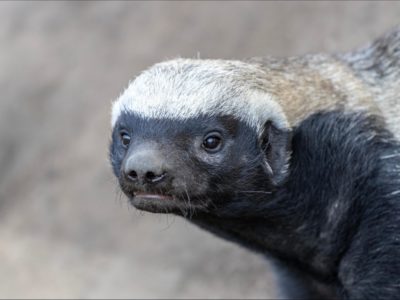
Honey Badger
One of earth's bravest creatures!

Honey Bee
There are only 8 recognized species!

Hoopoe
Stunning bird with a stinky way to deter predators!

Horse
Has evolved over 50 million years!

Horsefly
Horseflies have been seen performing Immelmann turns, much like fighter jets.

Housefly
The fly has no teeth

Human
Thought to have orignated 200,000 years ago!

Huntsman Spider
Some huntsman spiders have an interesting way of moving around. Some cartwheel while others do handsprings or backflips.
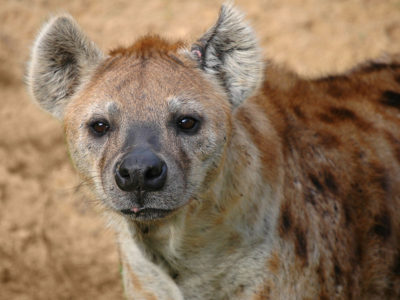
Hyena
There are four different species!

Ibis
Found in swamps, marshes and wetlands!

Insects
There are an estimated 30 million species!

Jacana
The jacana has the ability to swim underwater

Jack Crevalle
One of the biggest species in the Caranx genus
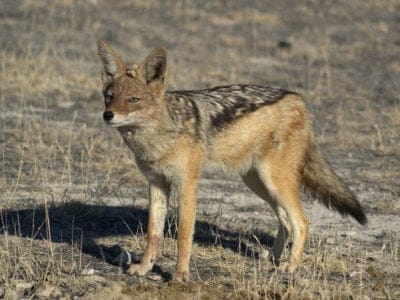
Jackal
Can maintain speeds of 16 km/h!
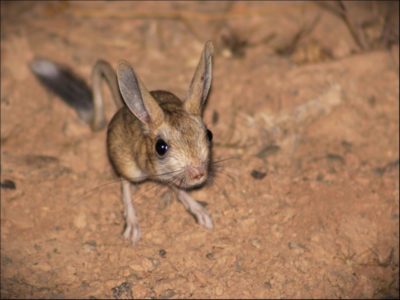
Jerboa
Tiny rodent with a kangaroo-like jump!

Jumping Spider
Some can jump 50 times the length of their bodies

Kingfisher
Inhabits wetlands and woodlands worldwide!

Ladybug
There are more than 5,000 species worldwide!

Leech
Has 10 pairs of eyes!
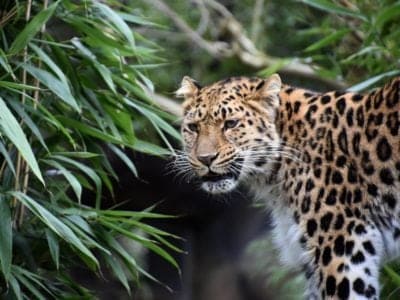
Leopard
Spends much of the time high in the trees!

Liger
The offspring of a lion and tiger parents!

Lizard
There are around 5,000 different species!

Maggot
Will only live in wet areas

Magpie
They are found across Europe, Asia and Africa!

Mayfly
There are 2,500 known species worldwide!

Mealybug
They have a symbiotic relationship with ants.

Millipede
Some species have a poisonous bite!

Mole
Primarily hunts and feeds on Earthworms!
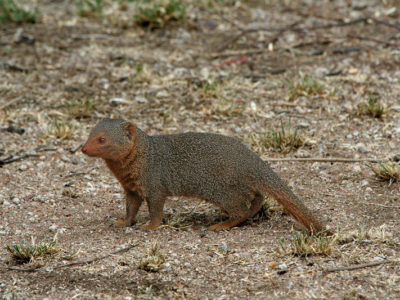
Mongoose
Range in size from just 1 to 3 foot!

Mongrel
Has characteristics of two or more breeds!

Monitor Lizard
Some species are thought to carry a weak venom!

Monkey
There are around 260 known species!

Moorhen
Feeds on aquatic insects and water-spiders!

Mosquito
Only the female mosquito actually sucks blood

Moth
There are 250,000 different species!

Mouse
Found on every continent on Earth!

Mule
The offspring of a horse and donkey parents!

Nematode
Nematodes range in size from 1/10 of an inch to 28 feet long

Nightingale
Named more than 1,000 years ago!

Olive Baboon
Olive baboons will sometimes form strong friendships with each other

Orb Weaver
Females are about four times the size of males
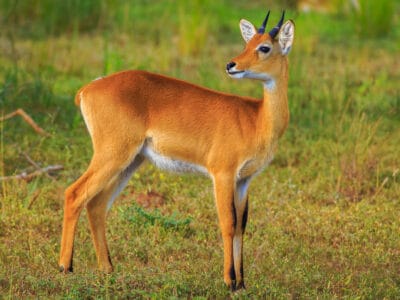
Oribi
Males oribis spend most of their time patrolling the borders of their territories; they can do this about 16 times an hour! However, 27% of their day is spent grazing.

Osprey
They reuse nesting sites for 70 years!

Otter
There are 13 different species worldwide

Owl
The owl can rotate its head some 270 degrees

Parrot
Can live for up to 100 years!
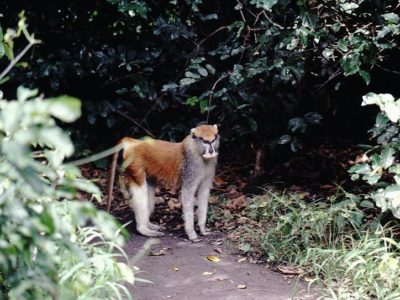
Patas Monkey
The fastest species of primate in the world!

Pheasant
Females lay between 8 and 12 eggs per clutch!

Pigeon
They can find their way back to their nests from up to 1300 miles away.

Pompano Fish
They are bottom-feeders

Praying Mantis
The mantis can turn its head 180 degrees.
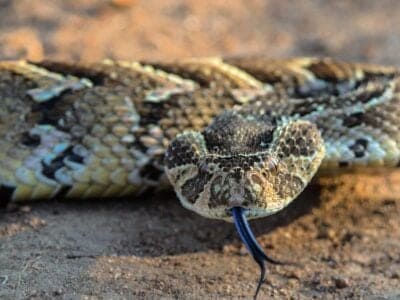
Puff Adder
This large snake is so-named because it will puff up its body to appear bigger than it is when directly threatened by a predator or person.

Quail
Inhabits woodland and forest areas worldwide!

Rabbit
There are more than 300 different species!

Rat
Omnivores that eat anything!
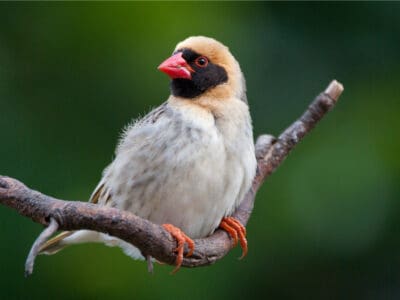
Red-Billed Quelea Bird
Is the most populous bird in the world
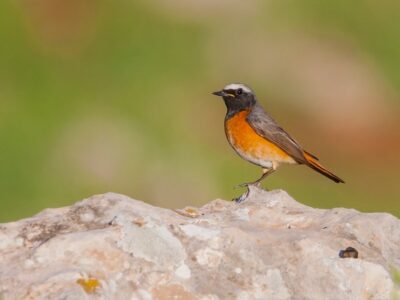
Redstart
They build their nests off the ground in tree holes, cavities, stone walls, and roofs

Rhinoceros
It's horns are made from keratin!

River Turtle
Inhabits freshwater habitats around the world!

Robin
There are more than 45 species in Australia alone!

Rock Hyrax
Actually related to Elephants and Manatees!
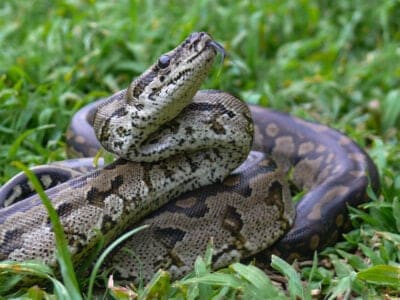
Rock Python
Rock pythons may have crossbred with the escaped Burmese pythons in Florida.

Rodents
The capybara, the world’s largest rodent, likes to be in and around bodies of water. Because of this, the Catholic Church in South America decided that it was a fish, and people were allowed to eat it during Lent and First Fridays.

Rooster
Will mate with the entire flock!

Sable Ferret
Ferrets were used during the Revolutionary War to keep down the rat population.
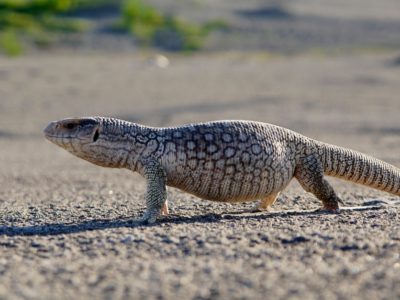
Savannah Monitor
Savannah monitors are one of the most popular lizards in captivity.
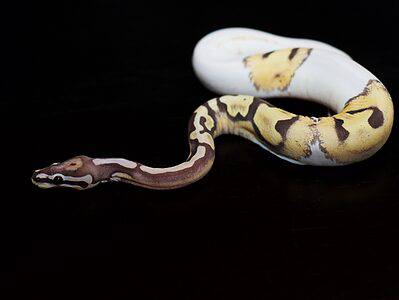
Scaleless Ball Python
Aside from the ocular scales covering each of its eyes, the scaleless ball python's body is completely smooth.

Scorpion
There are around 2,000 known species!

Sea Eagle
The sea eagle tends to mate for life with a single partner

Seahorse
Males give birth to up to 1,000 offspring!

Serval
Can leap more than 1 meter into the air!

Shrew
The spinal column of the shrew Scutisorex somereni is so strong and reinforced that it can support the weight of an adult human.

Shrimp
There are 2,000 different species worldwide!

Skink Lizard
Some skinks lay eggs in some habitats while giving birth to skinklets in other habitats.

Smokybrown Cockroach
Has up to 45 eggs per egg case

Snail
There are nearly 1,000 different species!

Snake
There are around 4,000 known species worldwide

Sparrow
There are 140 different species!

Spider Wasp
They prey on spiders to feed their larvae or they parasitize other spider wasps.
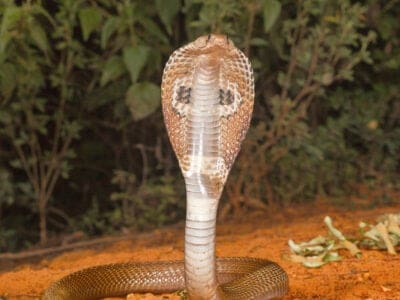
Spitting Cobra
Spitting cobras are types of cobras that can spit venom at predators and prey.

Squirrel
Small rodents found in woodlands worldwide!

Stick Insect
There are more than 3,000 different species!

Swan
Populations have been affected by pollution!

Tarantula Hawk
Tarantula hawks are excellent pollinators, especially for milkweed.

Termite
Their mounds can be up to 9 meters tall!
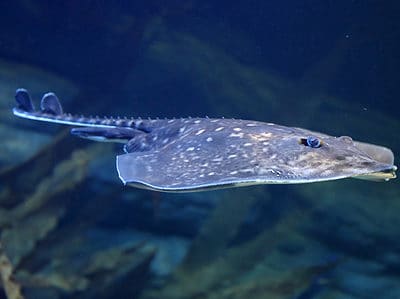
Thornback Ray
The skate with the biggest spines!

Tick
They inject hosts with a chemical that stops them from feeling the pain of the bite

Tiger Beetle
The adult tiger beetle is one of the fastest land insects in the world

Tortoise
Can live until they are more than 150 years old!

Tree Frog
Found in warmer jungles and forests!
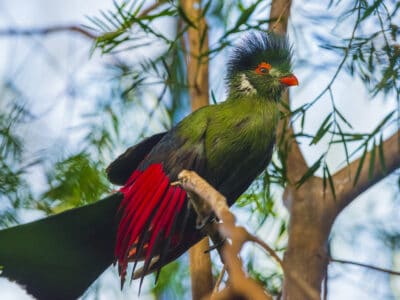
Turaco
Their name means “banana-eater,” but they rarely ever eat bananas.

Turtles
Some species of aquatic turtles can get up to 70 percent of their oxygen through their butt.

Vinegaroon
Vinegaroons can spray 19 times before the glands are depleted

Viper
Vipers are one of the most widespread groups of snakes and inhabit most

Vulture
There are 30 different species worldwide!
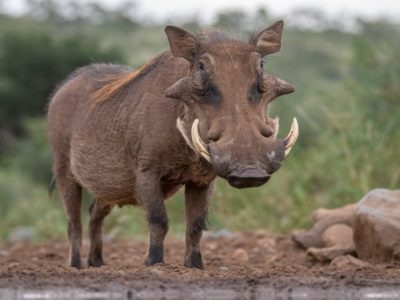
Warthog
Has two sets of tusks on it's face!

Wasp
There are around 75,000 recognised species!

Water Buffalo
Has been domesticated for thousands of years!

White Ferret / Albino Ferrets
There are two different types of white ferrets!

Wolf
Thought to date back more than 300,000 years!

Wolf Spider
Carnivorous arachnid that hunts its prey.

Woodlouse
This animal can roll up into a ball

Woodpecker
There are 200 different species!

Worm
Doesn’t have eyes.

Wryneck
They feign death by making their bodies limp and closing their eyes.
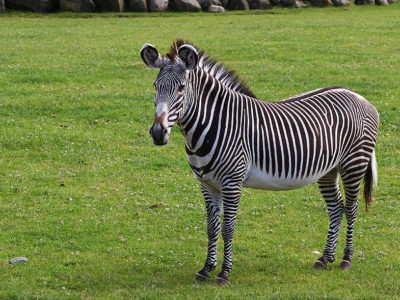
Zebra
Stripe patterns are unique to each individual!
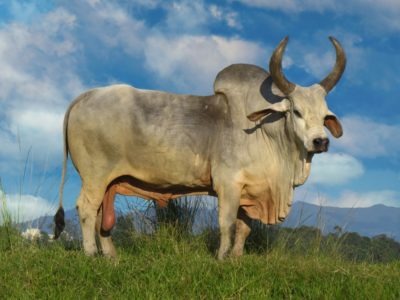
Zebu
There are around 75 different species!
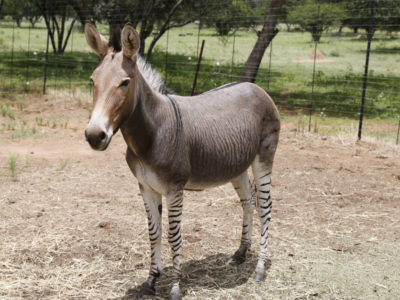
Zonkey
The offspring of Zebra and Donkey parents!
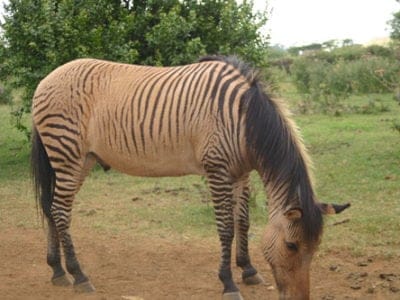
Zorse
The offspring of a Zebra and Horse parents!
Gambian Animals List
- Aardvark
- African Civet
- African Elephant
- African Fish Eagle
- African Grey Parrot
- African Jacana
- African Palm Civet
- American Cockroach
- Ant
- Antelope
- Armyworm
- Axanthic Ball Python
- Banana Spider
- Barb
- Barn Owl
- Bat
- Bed Bugs
- Bee
- Beetle
- Bichir
- Bird
- Biscuit Beetle
- Black Widow Spider
- Brown-banded Cockroach
- Brown Dog Tick
- Bumblebee
- Bush Baby
- Butterfly
- Caecilian
- Cat
- Caterpillar
- Catfish
- Chameleon
- Cheetah
- Chicken
- Cichlid
- Cockroach
- Codling Moth
- Common Buzzard
- Common Furniture Beetle
- Common House Spider
- Cormorant
- Cow
- Crab
- Crab Spider
- Crane
- Cricket
- Crocodile
- Crocodylomorph
- Cuckoo
- Desert Locust
- Dog
- Donkey
- Dormouse
- Dragonfly
- Duck
- Dung Beetle
- Earthworm
- Earwig
- Eel
- Electric Catfish
- Elephant
- Elephant Shrew
- Enchi Ball Python
- Fiddler Crab
- Firefly
- Firefly Ball Python
- Flamingo
- Fly
- Fox
- Frog
- Fruit Fly
- Fulvous Whistling Duck
- Gazelle
- Gecko
- Gerbil
- Glass Lizard
- Glowworm
- Gnat
- Goat
- Golden Oriole
- Grasshopper
- Green Bee-Eater
- Green Mamba
- Guinea Fowl
- Hamster
- Hare
- Hawk Moth Caterpillar
- Hedgehog
- Heron
- Hippopotamus
- Honey Badger
- Honey Bee
- Hoopoe
- Horse
- Horsefly
- Housefly
- Human
- Huntsman Spider
- Hyena
- Ibis
- Insects
- Jacana
- Jack Crevalle
- Jackal
- Jerboa
- Jumping Spider
- Kingfisher
- Ladybug
- Leech
- Leopard
- Liger
- Lizard
- Maggot
- Magpie
- Mayfly
- Mealybug
- Millipede
- Mole
- Mongoose
- Mongrel
- Monitor Lizard
- Monkey
- Moorhen
- Mosquito
- Moth
- Mouse
- Mule
- Nematode
- Nightingale
- Olive Baboon
- Orb Weaver
- Oribi
- Osprey
- Otter
- Owl
- Parrot
- Patas Monkey
- Pheasant
- Pigeon
- Pompano Fish
- Praying Mantis
- Puff Adder
- Quail
- Rabbit
- Rat
- Red-Billed Quelea Bird
- Redstart
- Rhinoceros
- River Turtle
- Robin
- Rock Hyrax
- Rock Python
- Rodents
- Rooster
- Sable Ferret
- Savannah Monitor
- Scaleless Ball Python
- Scorpion
- Sea Eagle
- Seahorse
- Serval
- Shrew
- Shrimp
- Skink Lizard
- Smokybrown Cockroach
- Snail
- Snake
- Sparrow
- Spider Wasp
- Spitting Cobra
- Squirrel
- Stick Insect
- Swallowtail Butterfly
- Swan
- Tarantula Hawk
- Termite
- Thornback Ray
- Tick
- Tiger Beetle
- Tortoise
- Tree Frog
- Turaco
- Turtles
- Vinegaroon
- Viper
- Vulture
- Warthog
- Wasp
- Water Buffalo
- Western Green Mamba
- White Ferret / Albino Ferrets
- Wolf
- Wolf Spider
- Woodlouse
- Woodpecker
- Worm
- Wryneck
- Zebra
- Zebu
- Zonkey
- Zorse
Animals in Gambia FAQs (Frequently Asked Questions)
What animals live in the Gambia?
An amazing number of animals live n the Gambia. They include the Gambian mongoose, civet cat, honey badger and bats, including free-tailed and horseshoe bats. There are also pangolins, antelopes, monkeys, baboons and shrews. Marine mammals include humpback whales, sperm whales, beaked and killer whales and blue whales. A list of birds would include the palm nut vulture, storks, pelicans, the sacred ibis and sunbirds and birds of prey such as the African fish eagle. There is also a wealth of toads and frogs, snakes and lizards. There are also many kinds of butterflies.
Are there lions in the Gambia?
There does not appear to be a population of lions in the Gambia, though there are wild cats and, occasionally, leopards.
Are there hippos in Gambia?
There are hippos to be found in the rivers of Gambia. There is a healthy population in the River Gambia National Park.
What kind of snakes are in the Gambia?
There are 40 species of snake in the Gambia including the ones mentioned above. Others are pythons and the nonvenomous spotted bush snake, thread snakes, spotted blind snakes, sand boas, herald snakes, sand snakes, and African beauty snakes.





